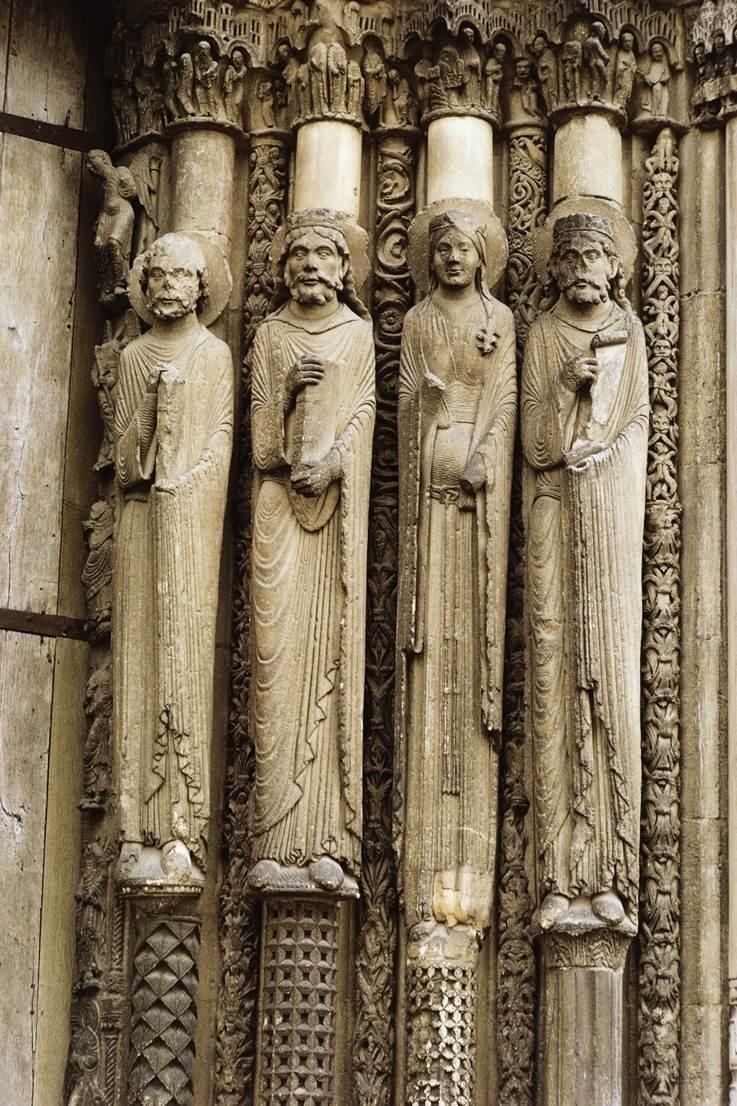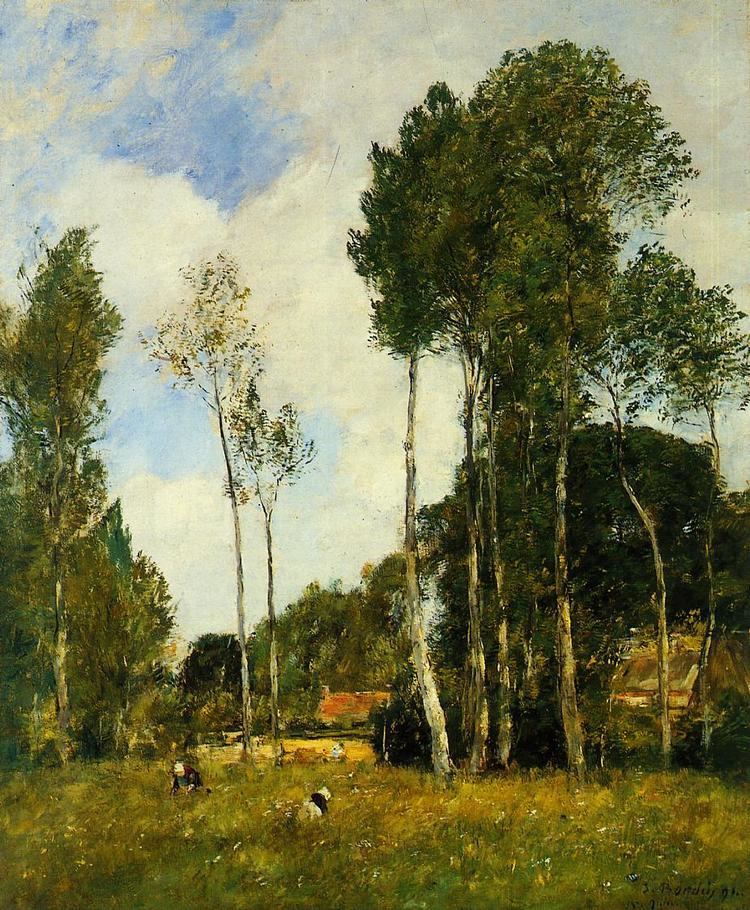Country France Population 39,159 (2008) Area 39,273 | Region Mayor Milan Sljivic | |
Chartres is a commune and capital of the Eure-et-Loir department in France. It is located 96 km (60 mi) southwest of Paris. This city is well known for its cathedral.
Contents
- Map of Chartres
- History
- Geography
- Main sights
- Economy
- Museums
- Dans les cuisines du grand monarque a chartres 1ere partie
- References
Map of Chartres
History
Chartres was one of the principal towns of the Carnutes, and by the Romans was called Autricum, from the river Autura (Eure), and afterwards civitas Carnutum. The name "Chartres" derives from "Carnutes". It was burned by the Normans in 858, and unsuccessfully besieged by them in 911.

During the Middle Ages it was the chief town of Beauce, and gave its name to a countship which was held by the counts of Blois and Champagne and afterwards by the house of Chatillon, a member of which in 1286 sold it to the crown. It was raised to the rank of a duchy in 1528 by Francis I. After the time of Louis XIV the title of duke of Chartres was hereditary in the family of Orleans.
In 1417 it fell into the hands of the English, from whom it was recovered in 1432. It became seat of a Duchy in 1528. During the Wars of Religion, it was attacked unsuccessfully by the Protestants in 1568, and was taken in 1591 by Henry IV, who was crowned there three years afterwards.
In the Franco-Prussian War it was seized by the Germans on 2 October 1870, and continued during the rest of the Campaign to be an important centre of operations.
The city suffered heavy damage by bombing in the course of World War II, but the Cathedral of Chartres was spared by an American Army officer who challenged the order to destroy it.
Colonel Welborn Barton Griffith, Jr. questioned the strategy of destroying the cathedral and volunteered to go behind enemy lines to find out whether the German Army was occupying the cathedral and using it as an observation post. With a single enlisted soldier to assist, Col. Griffith proceeded to the cathedral and confirmed the Germans were not using it. After he returned from his reconnaissance, he reported that the cathedral was clear of enemy troops. The order to destroy the cathedral was withdrawn and the Allies later liberated the area. Col. Griffith was killed in action on 16 August 1944 in the town of Leves, near Chartres.
Following deep reconnaissance missions in the region by the 3rd Cavalry Group and units of the 1139 Engineer Combat Group, and after heavy fighting in and around the city, Chartres was liberated, on 18 August 1944, by the U.S. 5th Infantry and the 7th Armored Divisions belonging to the XX Corps of the 3rd US Army commanded by General George S. Patton.
Geography

Chartres is built on a hill on the left bank of the Eure River. Its renowned medieval cathedral is at the top of the hill, and its two spires are visible from miles away across the flat surrounding lands. To the south-east stretches the fruitful plain of Beauce, the "granary of France", of which the town is the commercial centre.
Main sights
The town is best known for the Cathedral of Chartres (French: Cathedrale Notre-Dame de Chartres), widely considered to be the finest Gothic cathedral in France. Its historical and cultural importance is recognized by its inclusion on the UNESCO list of World Heritage Sites. Its construction started in 1205, following the destruction of the old cathedral of Chartres. Construction took 66 years.
The abbey church of St.Pierre, dating chiefly from the 13th century, contains, besides some fine stained glass, twelve representations of the apostles in enamel, created about 1547 by Leonard Limosin. Of the other churches of Chartres also noteworthy are St Aignan (13th, 16th and 17th centuries) and St Martin-au-Val (12th century).
The surrounding city financed the stained glass windows. It is not known how the blue color of the glass was created, so it has been impossible to replicate.
Economy
Chartres is one of the most important market towns in the region of Beauce (known as "the granary of France").
